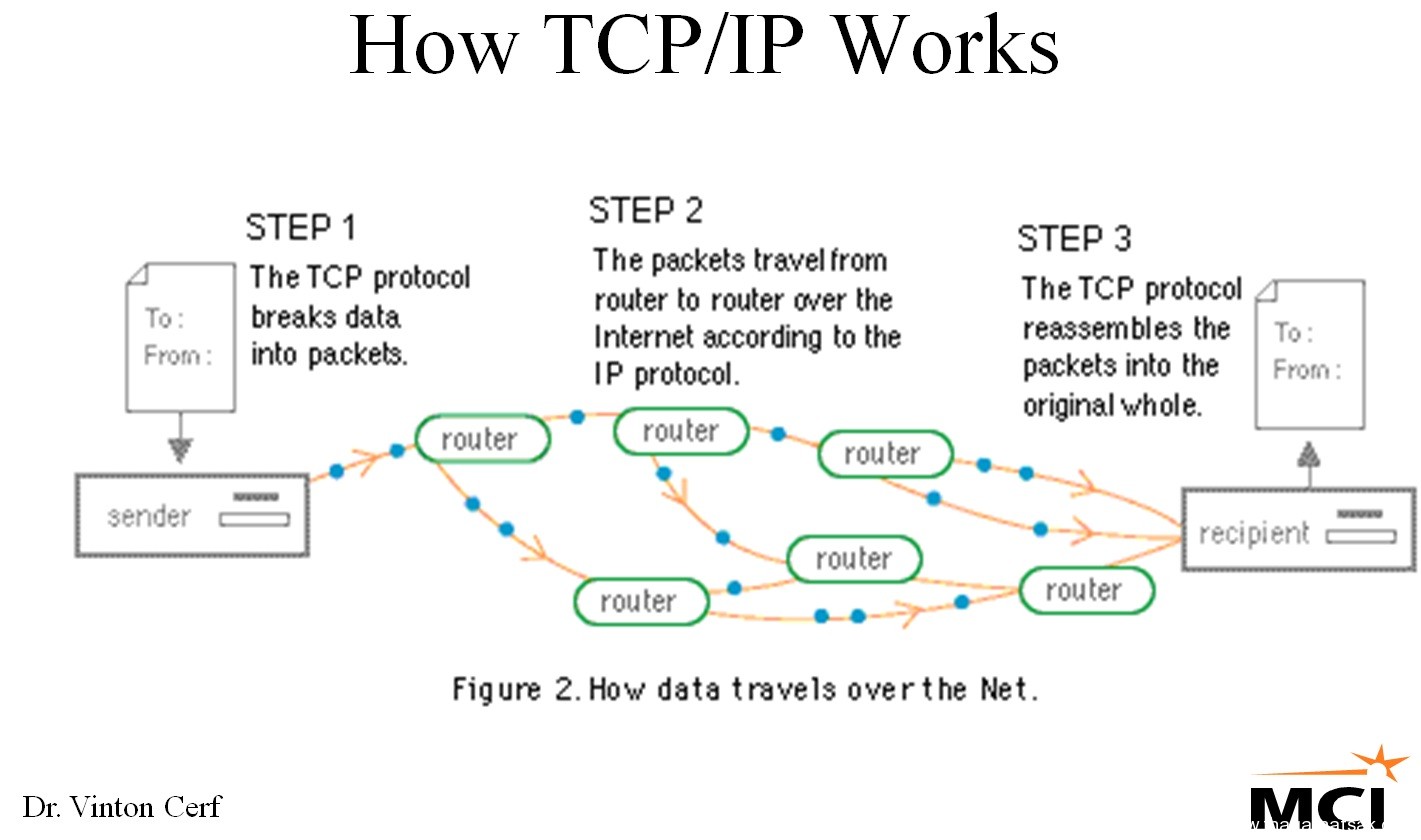

If you notice the numbers of receive and send packets change, then TCP/IP should be working correctly.

The numbers on this screen constantly change because TCPCon monitors your network and updates the information. The top of the main screen displays information about your TCP/IP configuration. Load TCPCon from your server’s console to access the main menu. When you do, you’ll see the Available Options menu appear, as shown in Figure A. To start TCPCon, go to the server’s console prompt, type load tcpcon, and press. You can connect to your server using RConsole or RConsoleJ and access the utility remotely. However, it’s text-based, which means you don’t have to actually visit the server to run it. View configuration and statistics information for IP, ICMP, UDP, TCP, OSPF, and EGP.īecause it’s an NLM, you can only run TCPCon from your server.TCPCon has been around since NetWare 3.x, but because it deals with packets and the protocol, it’s not a tool you use as a part of your daily routine unless you’ve noticed problems with your network. In this Daily Drill Down, I’ll show you how the TCPCon works and what you should watch for to identify problems. With this utility, you can check on many aspects of TCP/IP. How can you check to make sure packets are flowing smoothly on your network? If you’re running NetWare, you can use the TCP/IP Console (TCPCon). But when bottlenecks occur and packets get dropped, you need to be able to pinpoint where the problems originate. TCP/IP has replaced IPX as the lifeblood of the NetWare network, shuttling packets of information from node to node. John Sheesley explains how Novell's TCPCon utility can provide important data about TCP/IP on your NetWare server.

The TCP/IP protocol has almost completely swept aside NetWare's old native protocol, IPX. Pinpoint TCP/IP problems on your NetWare network with TCPCon


 0 kommentar(er)
0 kommentar(er)
